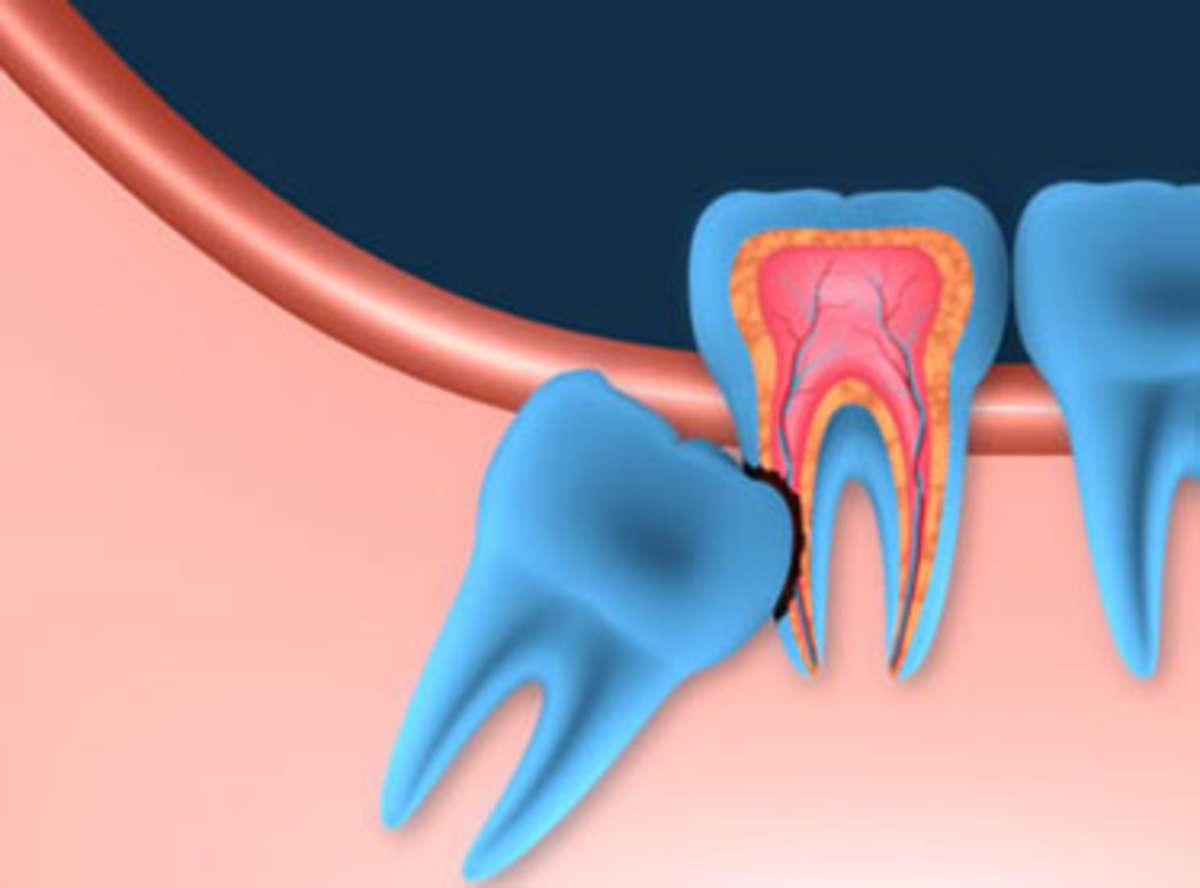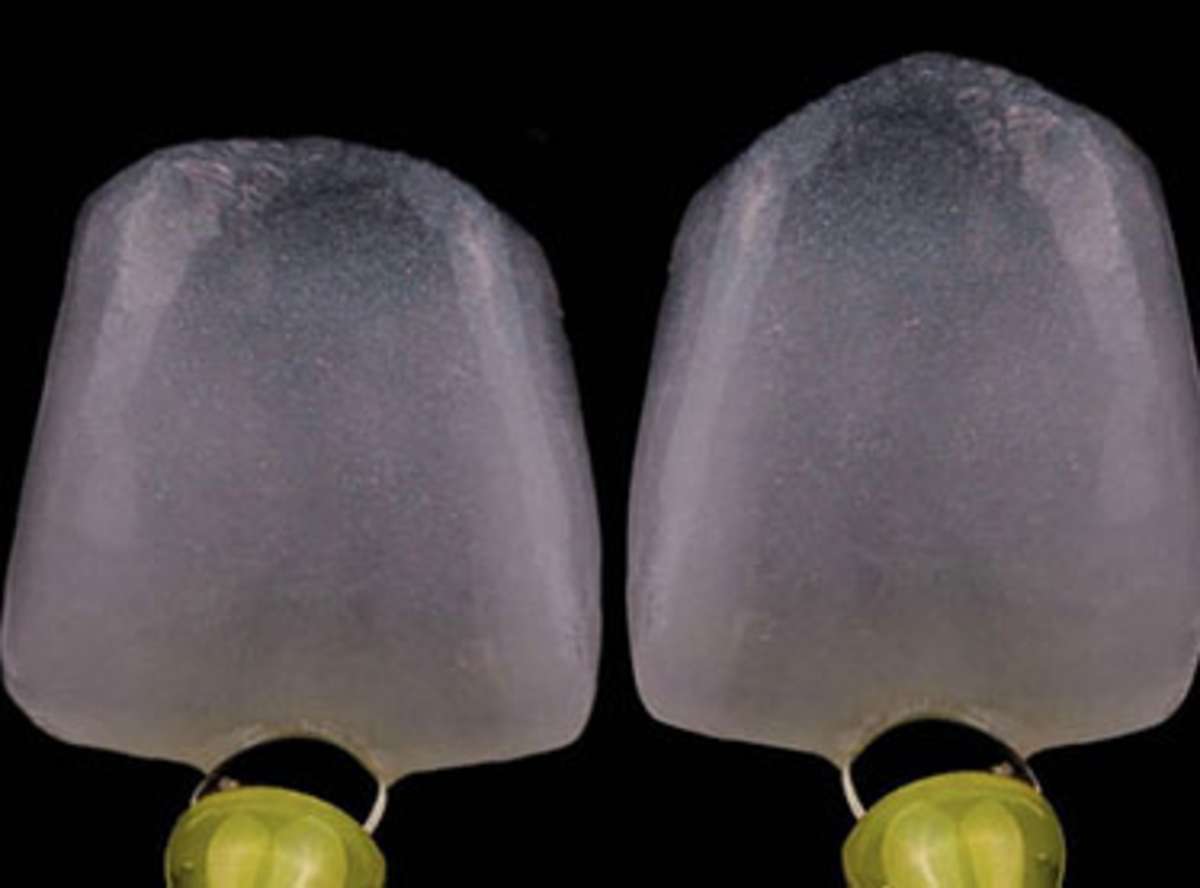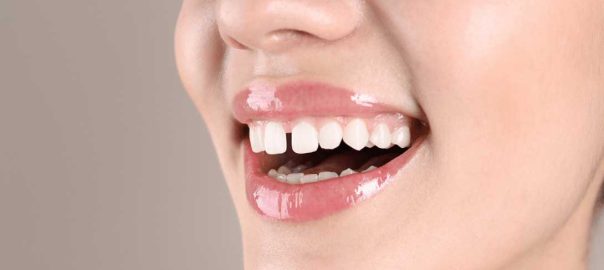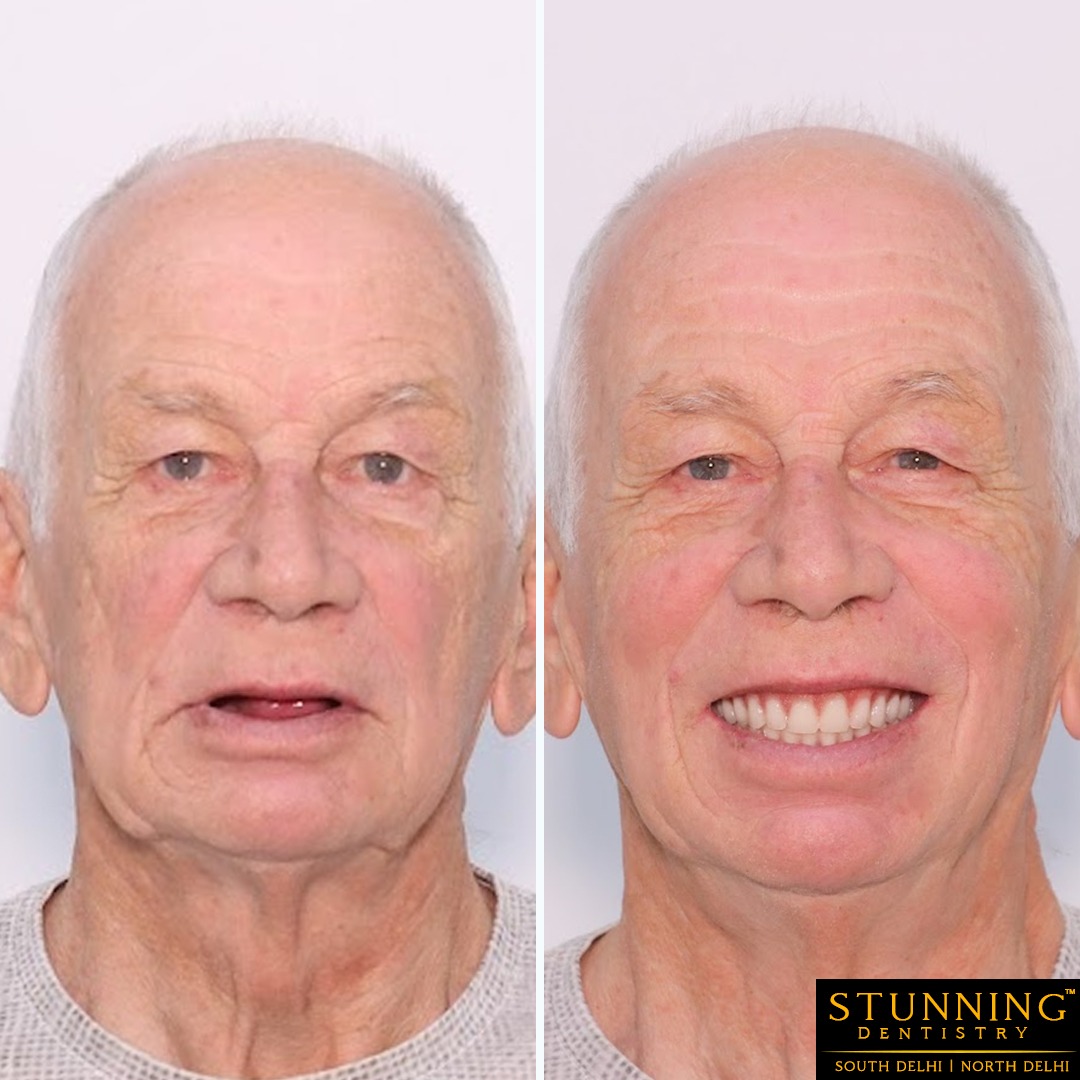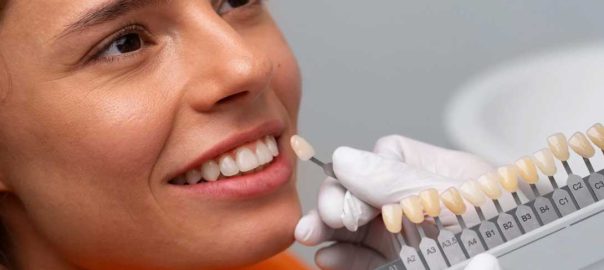Transitioning from traditional braces to Invisalign can be an exciting journey, and understanding what to expect is essential for a successful experience. Let’s discuss in detail about Invisalign and what to expect in Transitioning from traditional teeth braces to Invisalign.
What Is Invisalign?
Invisalign is a customized clear tray designed to straighten teeth without the use of traditional metal braces. Unlike braces, which rely on wires, brackets, and bands, Invisalign in India employs custom-made clear aligners that fit snugly over your teeth. These aligners are invisible and can be removed whenever you want for eating, brushing, and special occasions.
How Invisalign Works?
● Customization: The best orthodontist in India will create a personalized treatment plan based on your specific needs. They’ll take digital impressions of your teeth to design a series of custom aligners.
● Gradual Movement: Similar to braces, Invisalign aligners apply gentle pressure to your teeth. Every two weeks, you’ll switch to a new aligner, gradually shifting your teeth into alignment.
● Comfort: While there may be some initial discomfort as your teeth adjust to each new aligner, it’s generally less than what you’d experience with metal braces.

Advantages of Invisalign for Adults
● Aesthetic Appeal: Invisalign aligners are virtually invisible, allowing you to maintain your confidence during treatment. Say goodbye to metal brackets and wires—Invisalign is discrete and won’t draw attention to your smile. So, visiting the best dental clinic in India with experienced professionals can increase the rate of success of aligners.
● Removability: Unlike braces, you can remove Invisalign aligners when eating, drinking, or brushing your teeth. No dietary restrictions, you can enjoy your favorite foods without worry.
● Oral Hygiene: Keeping your teeth clean is easier with Invisalign. You can remove the aligners to brush and floss whenever needed. Reduced risk of gum inflammation and cavities compared to braces.
● Comfort: Invisalign aligners are made of smooth plastic, minimising irritation to your cheeks and gums. No poking wires or broken brackets.
What to Expect After Having Braces as a Teen

● Retention:
○ After braces, it’s crucial to maintain your results. Invisalign acts as an excellent retention tool to keep your teeth aligned.
○ Regular wear of retainers (usually at night) ensures long-lasting results.
● Minor Adjustments:
○ If your teeth have shifted slightly since your teenage braces, Invisalign can address these minor changes.
○ Invisalign is effective for fine-tuning tooth positions.
● Duration:
○ The length of Invisalign treatment varies but is typically shorter than braces.
○ Most adults wear Invisalign for 12 to 18 months, although individual cases may differ.
● Cost Considerations:
○ Invisalign may be slightly more expensive than traditional braces, but the benefits often outweigh the cost. Discuss payment options and insurance coverage with the orthodontist in the best dental clinic in Delhi.
● Maintenance and Compliance:
○ Wear Time: Consistency is key. Wear your aligners for at least 20–22 hours per day.
○ Cleanliness: Rinse your aligners regularly and brush them gently to prevent staining.
○ Follow-Up Visits: Regular check-ups with your orthodontist ensure progress and address any concerns.
Conclusion
Adult Invisalign offers a discreet, comfortable, and effective way to achieve the smile you’ve always wanted. By embracing the journey and following your orthodontist’s guidance, you’ll soon be flashing that confident, beautifully aligned smile!

FAQs about Invisalign
1. Can you eat with invisalign?
Yes, there are no dietary restrictions for invisalign. You don’t have to worry about damaging your aligner if you eat or drink with it.
2.Is invisalign permanent?
Yes, invisalign offers permanent solutions for all the orthodontic problems within a year. But any orthodontic treatment depends on the oral habits of the patient and they may shift back over time in case of parafunctional habits.




